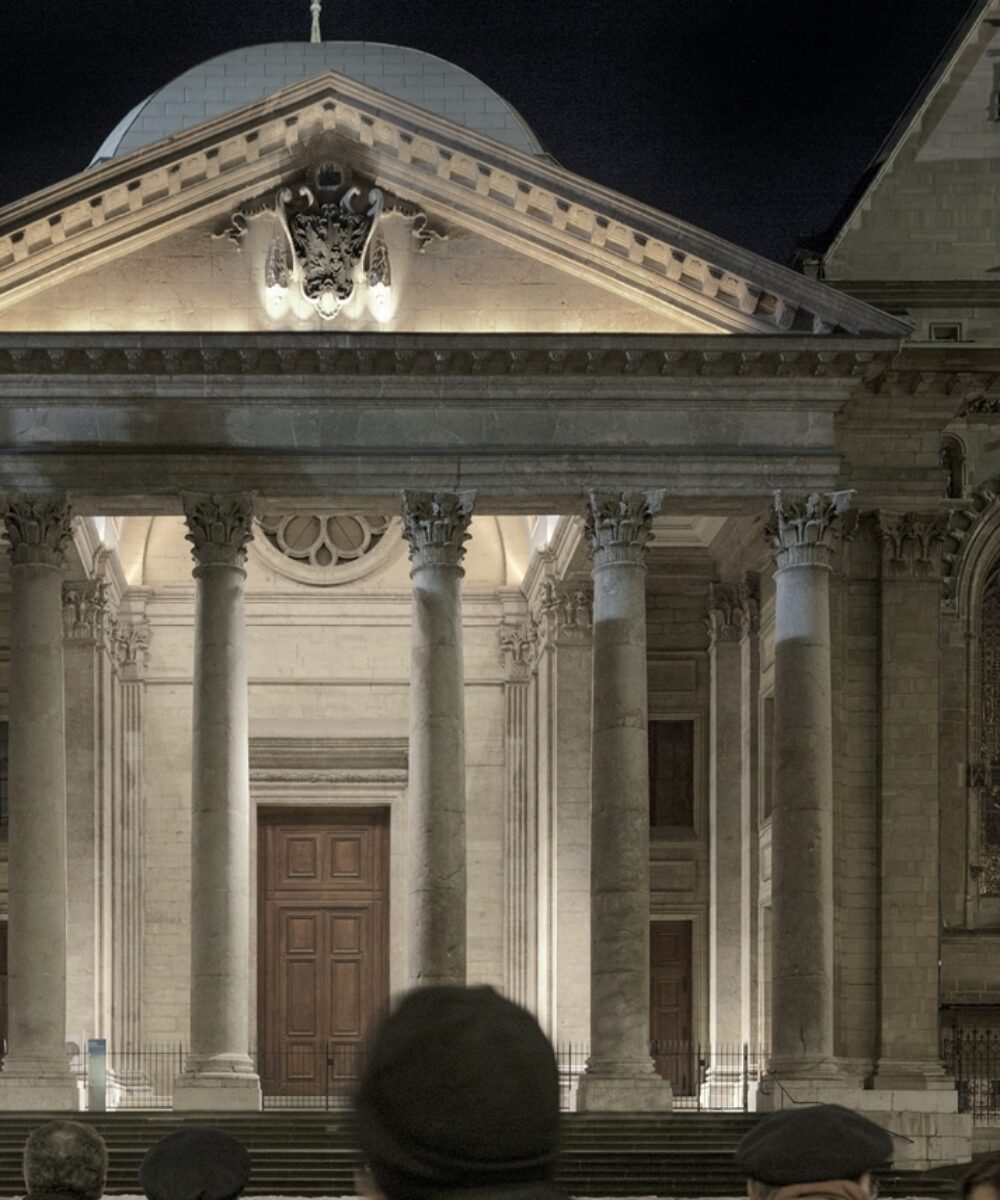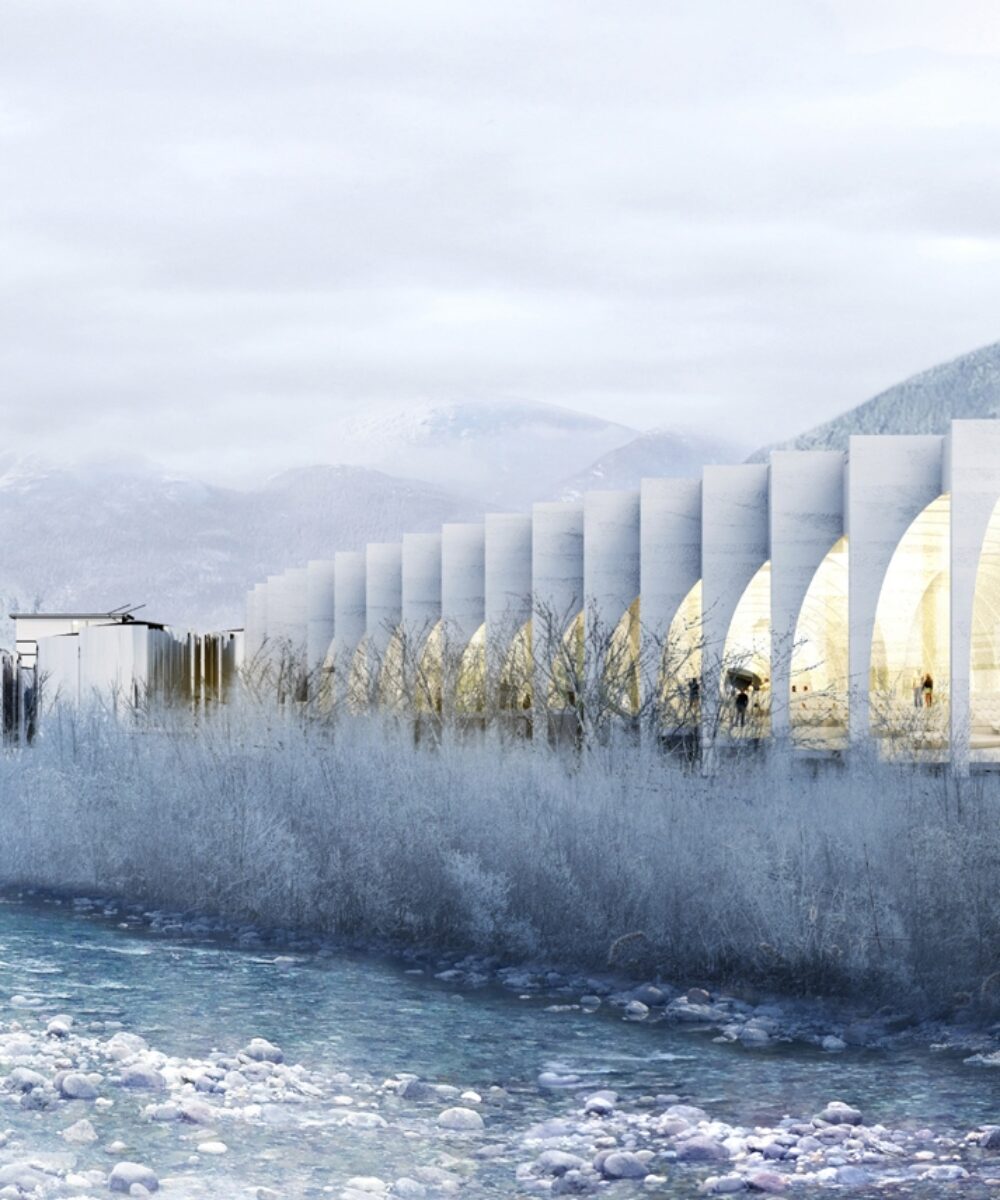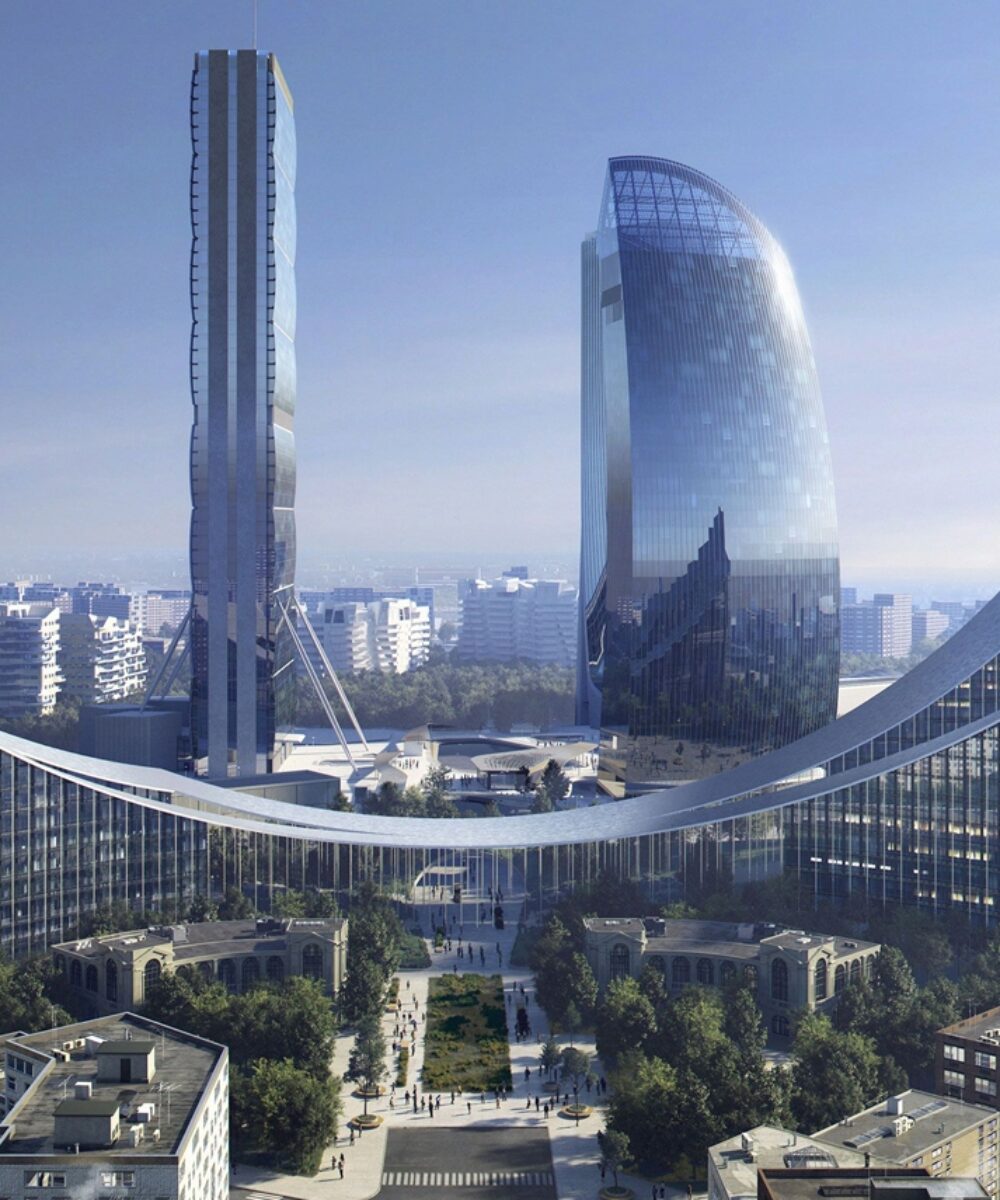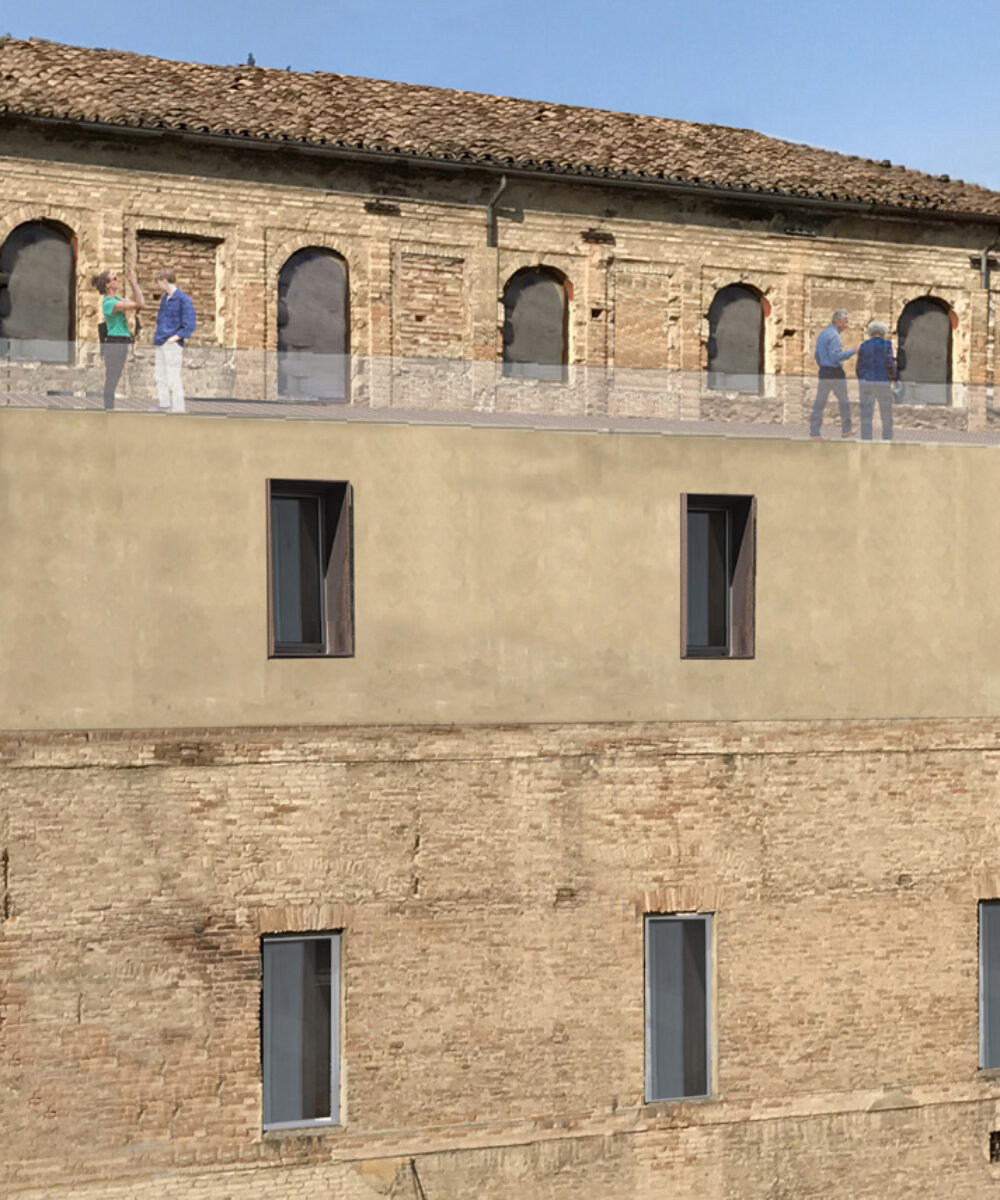Interior and Exterior Lighting │ Lighting Project
Since light has been a primary asset for the individual, the lighting design must take into account the visual system of man and the context in which it is inserted. The composition of artificial light must, if possible, correspond to that of sunlight, as it affects the biological clock of the individual and, although the eye is much more complex than any human-made device, it can be compared to a camera. The pupil adapts to the brightness level of the environment, varying its size to allow more or less light to enter.
Italy | Milan | Brera | Six Senses Luxury Resorts
USA | Los Angeles | Private House
Italy | Milan | Brera | Six Senses Luxury Resorts
USA | Los Angeles | Private House
From the lighting of interiors to outdoor spaces, a project follows a design process from its development to the final implementation, paying attention to who will be the end user and what activities will take place there. When the contract is assigned, a fundamental step is the initial meeting with the client and with the various professional, with whom we will have to collaborate in the development of the project. Depending on the type of project, the initial conceptual analysis can clearly be different. For example, in the case of the redevelopment of an existing building, an inspection is carried out to understand the spaces (and to view any existing equipment), which, in the case of a new project, is not carried out.
Thus, the suggestions leading to the concept of the architectural lighting solution are elaborated. In large projects, a mock-up may be created to allow the client to actually see how the project will be carried out. Once the concept is confirmed, we move on to the actual design in its three phases — the preliminary, definitive, and executive phases. Here the various elaborations useful for planning purposes are made, from the plan and section of the lighting fixtures to the lighting calculations needed to verify the conformity of the project for regulatory purposes, from the energy assessment to the estimate calculation, from the rendering of the lighting scenarios to the technical data sheets of the luminaires. The last design phase involves the installation of the lighting fixtures and the subsequent verification of the design parameters.
Architectural Lighting Solutions │ From Private Homes to Museums
In any lighting project, it is essential to know how to control the light. Light is an extremely rich and versatile element, thanks to its ability to modify the space without obstructing it. It allows you to design environments and define functions without intervening on the architectural structure. Through the definition of the necessary illumination levels, the choice of the type of lighting and of the luminous environment that one wants to obtain takes place with the research into the device and suitable source. The artificial lighting of interior environments is presented today as a complex task requiring solid technical knowledge and specific skills, as well as continuous professional updating.
For example, we must remember that nowadays in modern society we live with artificial light for most hours of the day, and that light plays a primary role in the circadian rhythms of mankind, favoring all the activities it performs. Consequently, depending on the context, the lighting design will be adapted to the needs of the individual or architecture. An example of architectural lighting solutions is that of private homes, where no light is better than another, but there is the one that arises from a dialogue between the designer and client.
The lighting project for museums is different, where the work of art is the protagonist. Lighting must always be an integral part of the exhibition project and re-propose the creative process that enshrines the artist, the true and ultimate purpose of lighting is seen as an irreplaceable and fundamental element to preserve the sense of the work, its energy, and its creative expressiveness. Light must also be an expert and knowledgeable guide, that knows how to induce and lead the spectator into a living world of emotions. This section includes a museum example.
Outdoor Lighting │ The Nocturnal Dimension of Architecture
Until recent times, the nocturnal dimension of architecture has been addressed exclusively from a functional point of view. As far as artificial lighting is concerned, in fact, the project usually tends to re-propose daylight brightness without giving the nocturnal dimension of architecture an autonomous and particular identity. With Eric Mendelsohn, electric light entered buildings in an autonomous and spectacular way, materializing on surfaces, becoming a tool to design the urban environment with evocative visual effects.
Until recent times, the nocturnal dimension of architecture has been addressed exclusively from a functional point of view. As far as artificial lighting is concerned, in fact, the project usually tends to re-propose daylight brightness without giving the nocturnal dimension of architecture an autonomous and particular identity.
With Eric Mendelsohn, electric light entered buildings in an autonomous and spectacular way, materializing on surfaces, becoming a tool to design the urban environment with evocative visual effects. Not to be confused with artistic lighting, where buildings are covered with colorful lights, a process only applicable in contexts where events are underway, for important occasions, for the unfolding of events or recurrences.
The ability of the designer, if the lighting project requires it, is to be able to merge the external lighting with the lighting of the interiors to create a sort of continuity, while enabling perception of the passage between the interior and exterior. On the outside, it’s useful to remember that there are natural habitats that coexist with landscape and architecture. Artificial lighting must not alter the balance of the ecosystem and, at the same time, in the case of bridges built on navigable watercourses, navigation regulations must be observed to avoid glare.
Moreover, even if there are no reference standards regarding the lighting of plants, high quantities of light at night could disrupt photosynthesis by acting directly on chlorophyll. Chlorophyll is a green pigment present in all plants, which has the purpose of absorbing sunlight and triggering photosynthesis, the process by which oxygen is produced.








